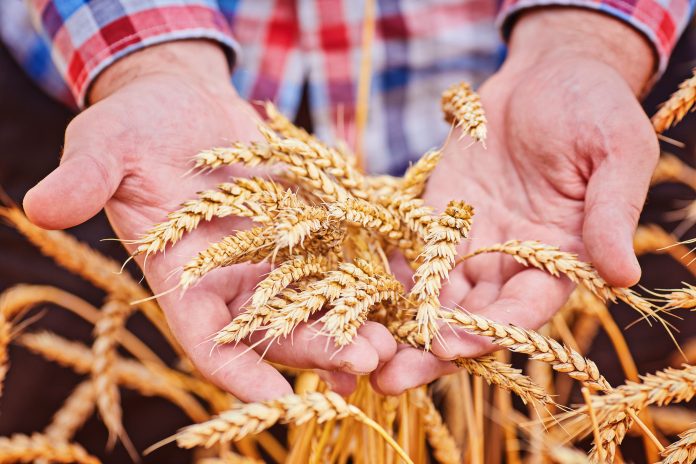A study conducted by the Institute for Agricultural Economics and Rural Development Research (ICEADR), at the request of the Brewers of Romania Association, shows that introducing a coupled support of €200/hectare could turn brewing barley cultivation in Romania into a profitable activity, with significant economic and social benefits for rural areas and the entire agri-food sector.
Growing Demand and Opportunities for Farmers
Currently, the demand for raw materials for beer is twice as high as the quantities produced locally. This creates a major opportunity to expand barley and hop crops. The study emphasizes that while hops can generate self-financing and profit, brewing barley does not achieve the same results. Supporting farmers would secure supply and contribute to the development of an integrated production chain, from agriculture to the finished product.
“Beer production in Romania is closely linked to local agriculture, which represents the primary source of raw materials. Developing profitable crops secures not only the sector but also offers opportunities for Romanian farmers, processors, and the entire value chain. In the twenty years of the Brewers of Romania, dialogue with the Ministry of Agriculture has been constant and always aimed at measures with tangible results for farmers. The ICEADR study provides up-to-date data on the cultivation of raw materials needed for beer. The producers’ objective is to ensure that these materials are available in Romania and at high quality,” said Constantin Bratu, General Director of the Brewers of Romania.
Read also: European Companies Focus on Transparency and Risk Management in First CSRD Reporting Exercise
Brewing Barley Situation and Proposed Support
According to the study, none of the brewing barley crops will be profitable for the 2024/2025 agricultural year. The current financial support of €219/hectare does not cover farmers’ costs, and profitability rates are negative, ranging from -25% to -21%. Introducing coupled support could bring positive profitability, between 7.7% and 17.8%, for the same crops.
“The Ministry of Agriculture maintains ongoing dialogue with farmers, agricultural raw material processors, and the sectors that use these materials in production. Together with the Brewers of Romania, we are trying to identify solutions to encourage local growers to expand barley and hop cultivation. Our common goal is for Romanian beer producers to be able to purchase more locally sourced raw materials, thereby reducing imports for these two types of crops. Currently, there are separate European funds within the DR-17 intervention aimed at hop growers and table grape producers. Additionally, applicant guides are being prepared,” said Violeta Mușat, Secretary of State at the Ministry of Agriculture.
Hops: High Investment but Profitable
The study shows that allocated resources for hops fully cover the investment and generate net profit. However, the total costs for establishing one hectare of hop plantations exceed €13,000/hectare, which explains the small cultivated areas—around 300 hectares currently, compared to 2,000 hectares in 1994. The proposed measure for hops is a “de minimis” scheme, meaning direct financial aid for growers.
“Supporting Romanian farmers is our number one priority. Therefore, when an economic sector proposes measures that benefit them, as the brewers do, it is important to listen. Increasing the cultivated areas of brewing barley and hops in Romania means larger quantities of locally processed raw materials, further used by factories in the country. In other words, it adds greater value to the Romanian economy,” stated Ionel Ciunt, President of the Agriculture Committee of the Chamber of Deputies.
The ICEADR study analyzes barley, brewing barley, and hop crops in Romania, highlighting their strategic importance for the beer industry and their potential for national agricultural development.
Photo: freepik.com


